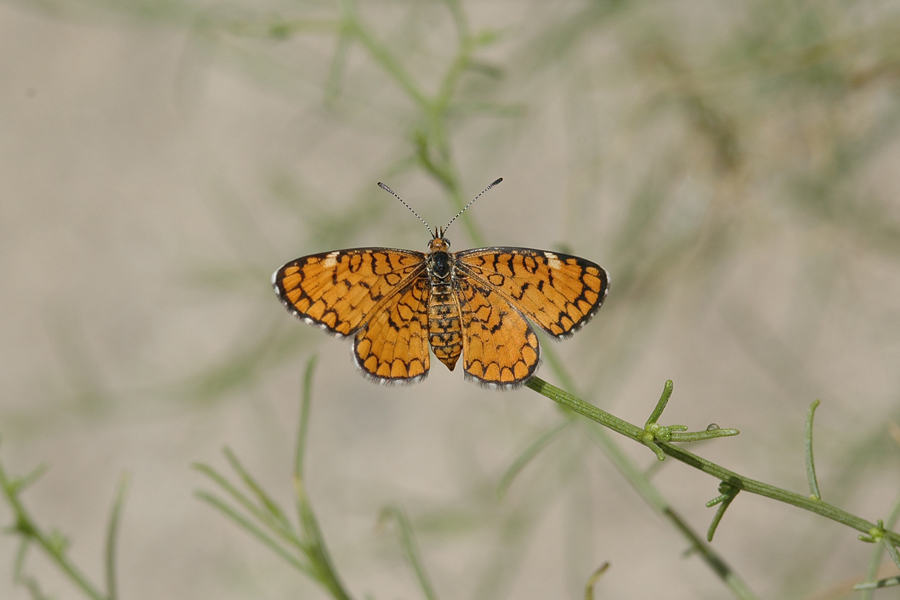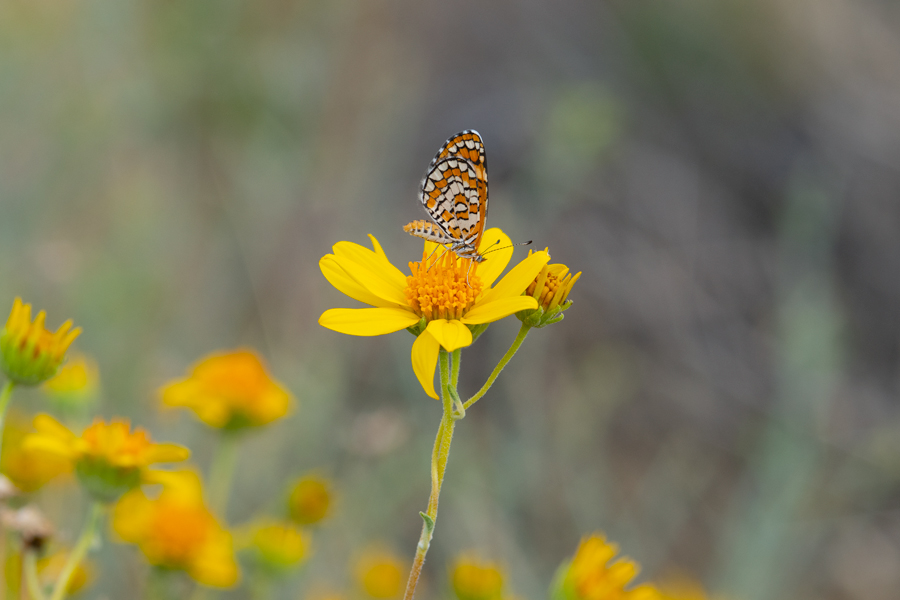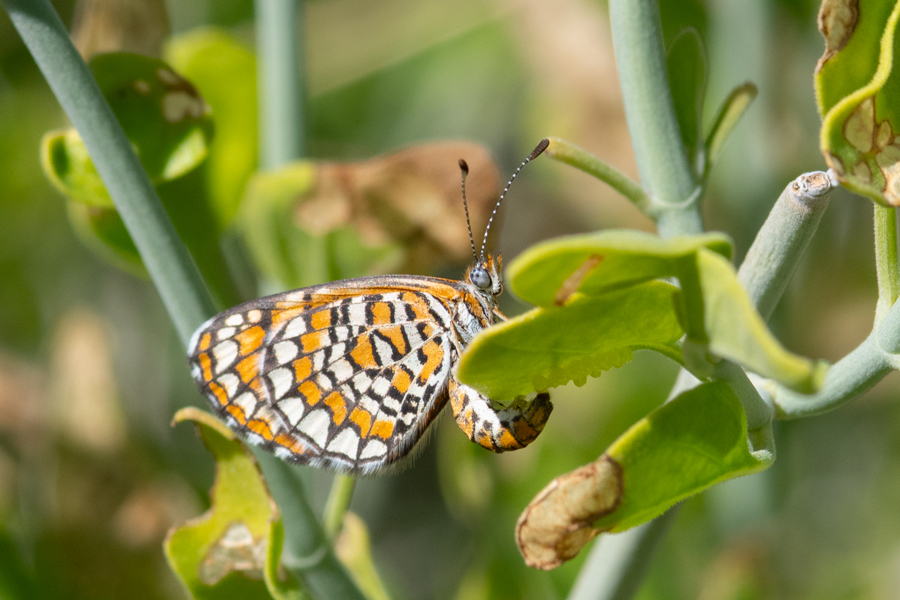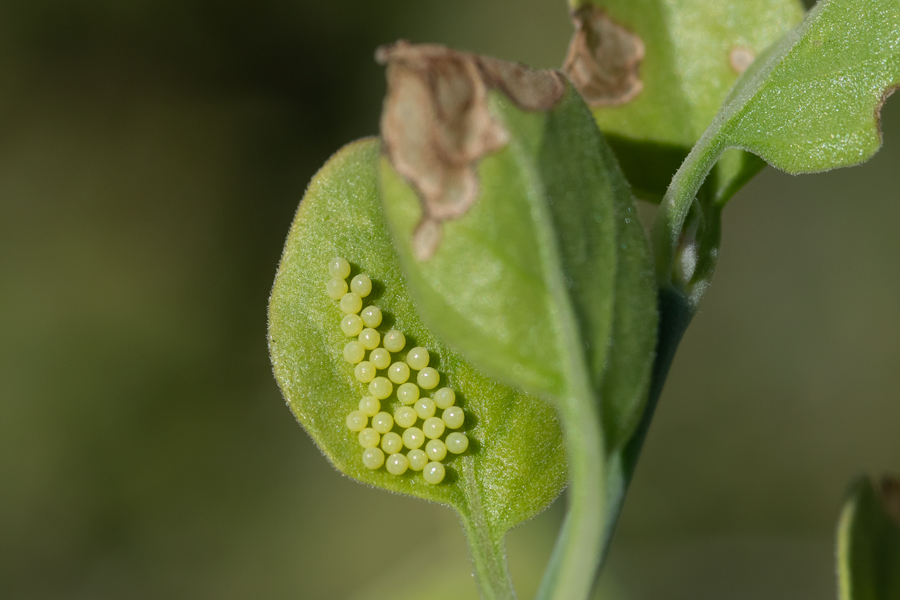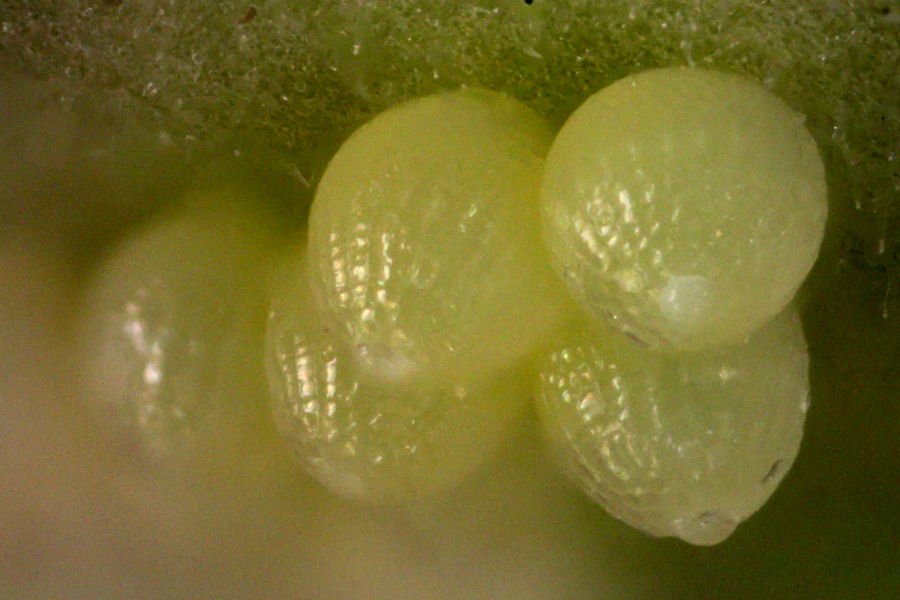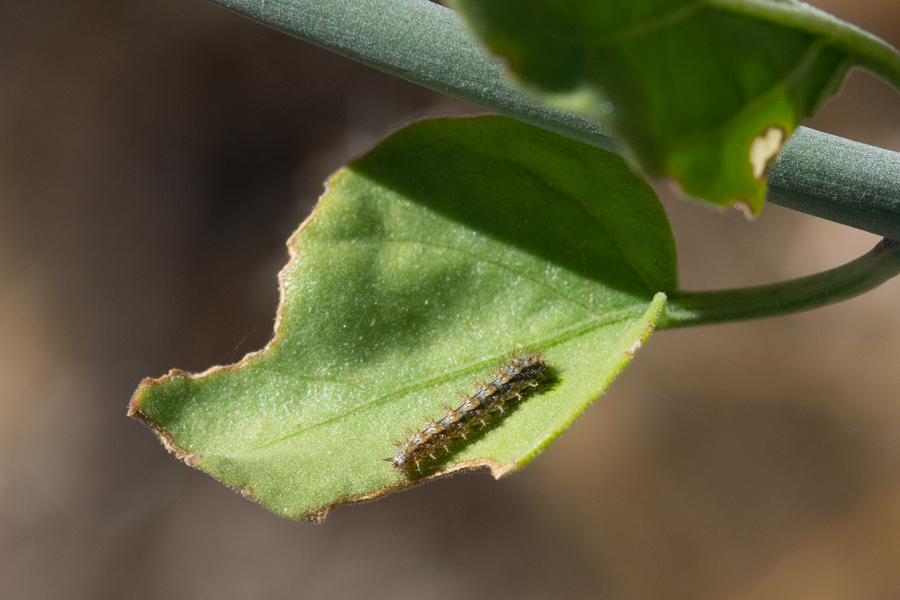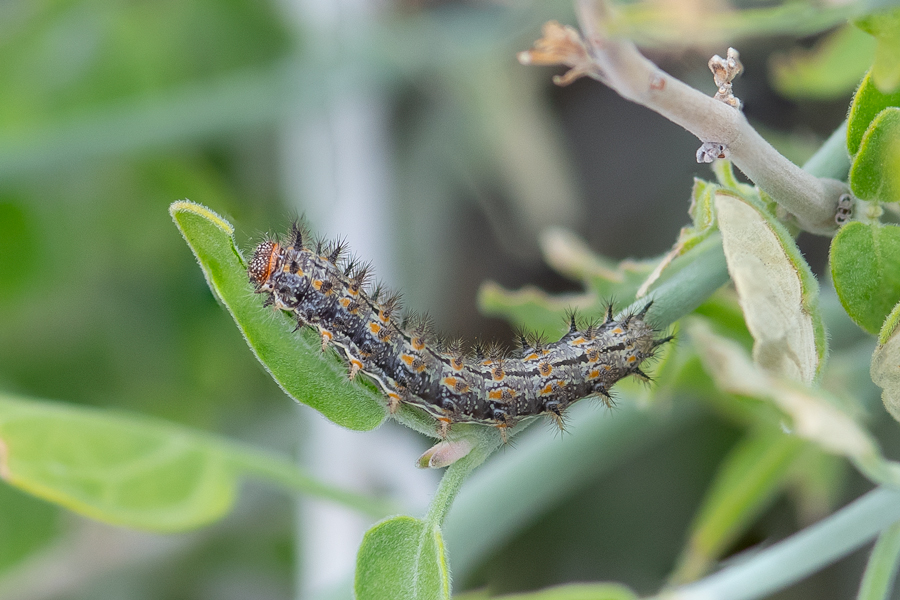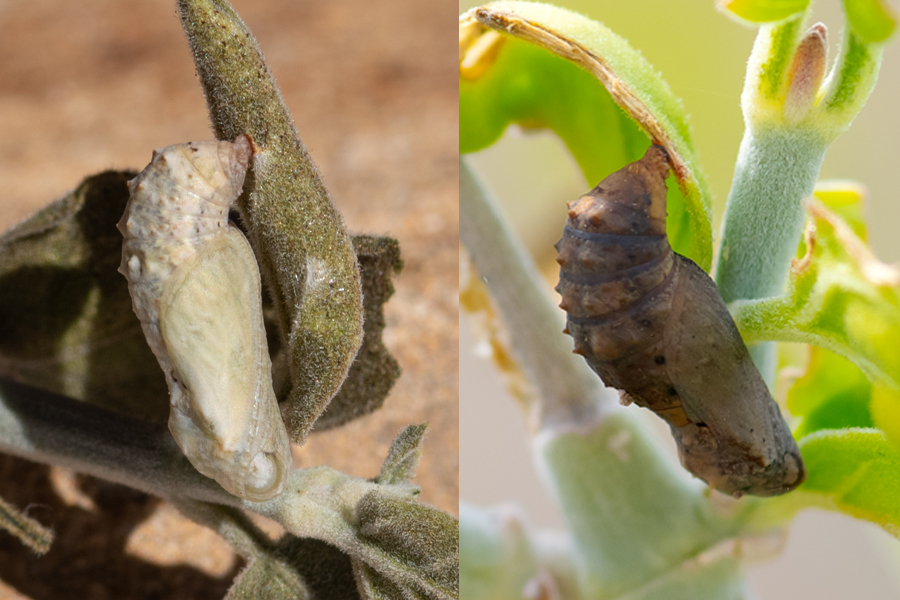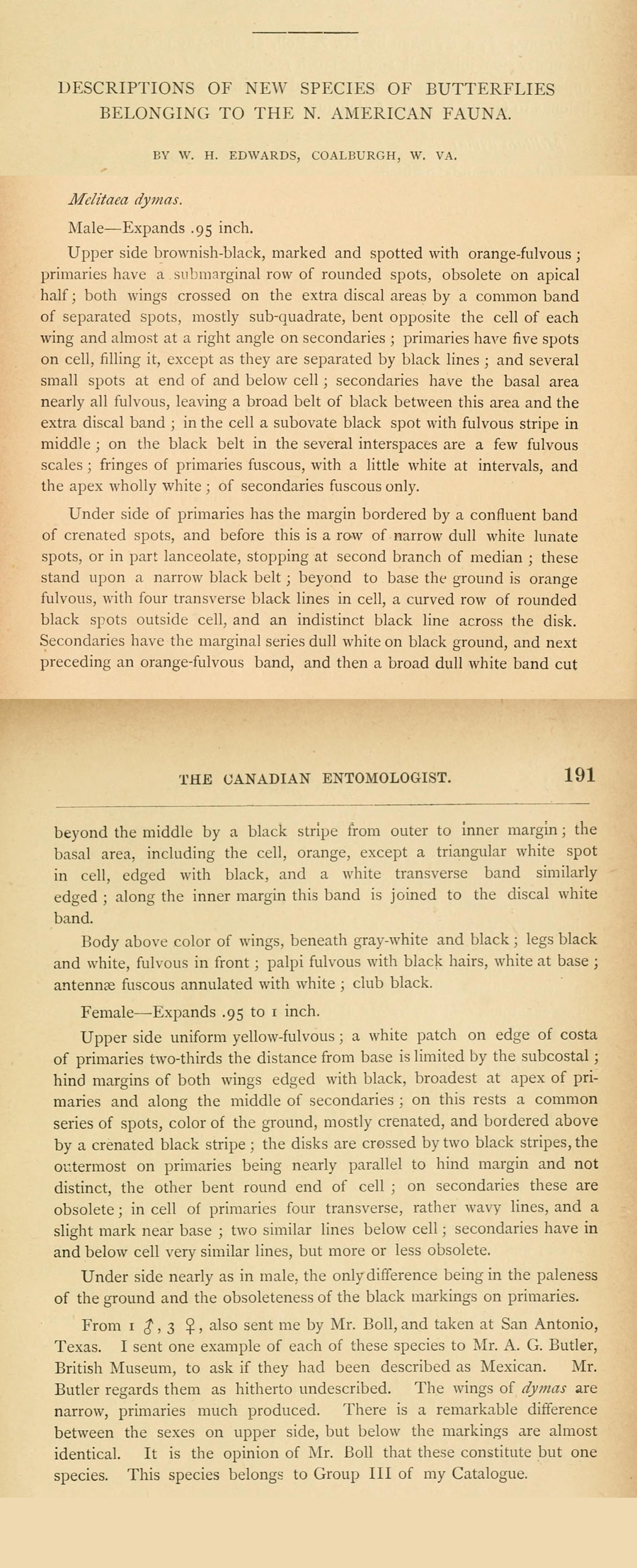Microtia (Dymasia) dymas imperialis
Tiny Checkerspot
Tiny checkerspots are butterflies of our southern deserts found in close association with their host plant from the Acanthaceae family, chuperosa (Justicia californica). That desert shrub grows in dry or rocky soils and thrives in desert washes, such as at Plum Canyon and Hellhole Canyon in Anza-Borrego Desert State Park. If it is doing well thanks to good desert precipitation, the butterfly can do well or even explode in numbers. In late September, 2023, many thousands of this species were swarming Plum Canyon when I visited. In dry years, this butterfly can be absent or nearly so. So in terms of the timing of adult flights, it depends on the timing and amount of precipitation, but generally there is an early brood around March to May, and a late brood in September-October.
While hummingbirds attend to the red chuperosa flowers and pollinate them, the tiny checkerspots flutter around and in the leafy shrub. Females oviposit in clusters on the underside of leaves. Young larvae emerge several days later and feed on the green leaf surface, leaving tell-tale damage behind. Mature caterpillars can chew through the leaf. They will pupate on the plant or not too far away. Adults also visit flowers nearby, often asters, and seem to particularly love sweetbush flowers.
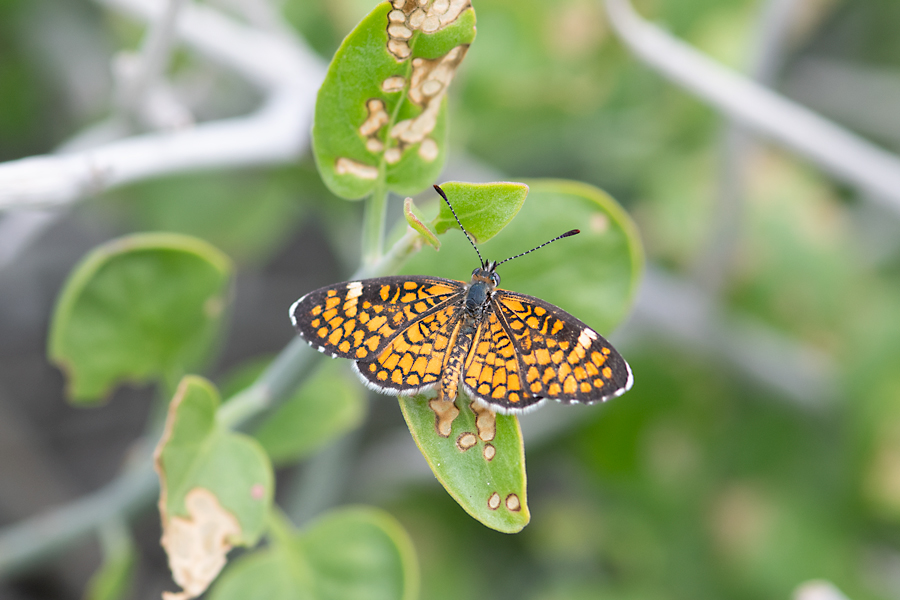
A male tiny checkerspot resting on a leaf of the host, Justicia californica. Plum Canyon, Anza-Borrego Desert State Park, September 27, 2023.
A female tiny checkerspot, Microtia dymas imperialis, at the Art Smith Trail, Palm Desert, March 4, 2006. Compare the abdomen with the male above; one has a lot of eggs, the other doesn't.
Ventral of a tiny checkerspot. September 27, 2023 at Plum Canyon.
I watched this female test the leaves with her abdomen, and then she began to place eggs in a cluster under the leaf. Also from September 27, 2023 at Plum Canyon.
The resulting cluster of eggs. Thirty-three by my count.
The next day I photographed them highly magnified to see if there were ribs or ridges. Indeed there were, with a micropyle as well.
This caterpillar - also from the Plum Canyon trip - was small: about 8 mm. long.
And this one is mature. I love the gray with orange and cream coloration.
Finally, here are two chysalises. On the left, the typical pale color pupa. Gordon Pratt gave me the caterpillars to photograph for the Joshua Tree book project. On the right, I found a few when searching plants on September 27th and 28th, 2023 at Plum Canyon. The darkness may mean this one didn't make it, but I'm not sure.
This butterfly was described in 1877 by the great William Henry Edwards in The Canadian Entomologist.
David Bauer straightened out some issues and named subspecies imperialis in a 1958 issue of The Lepidopterists' News.
©Dennis Walker

